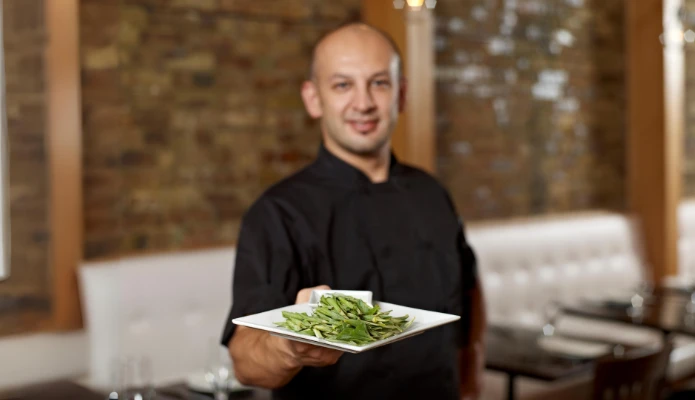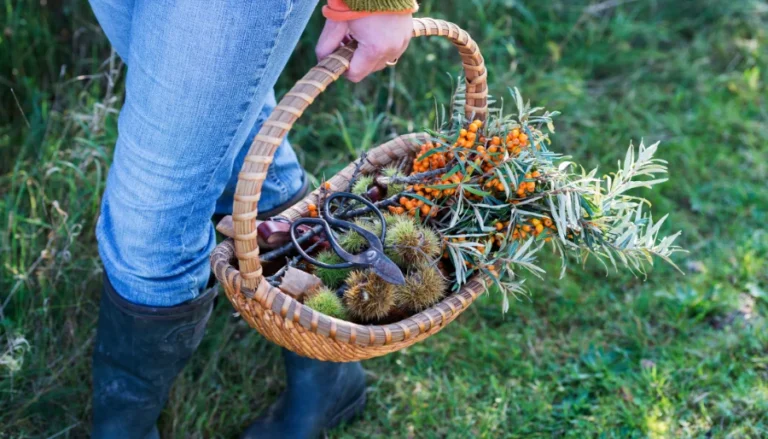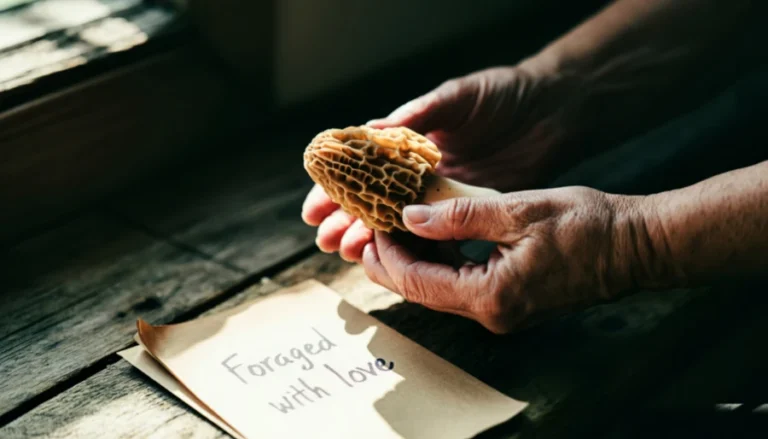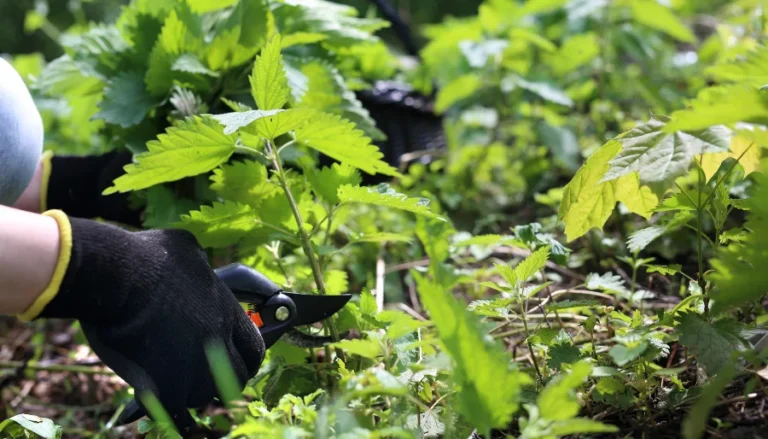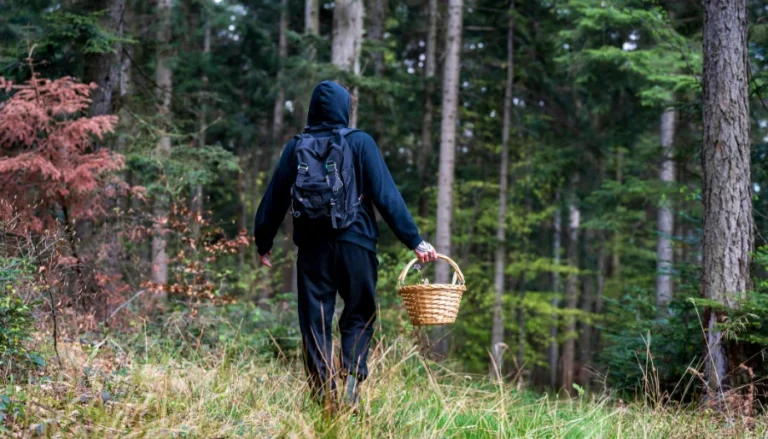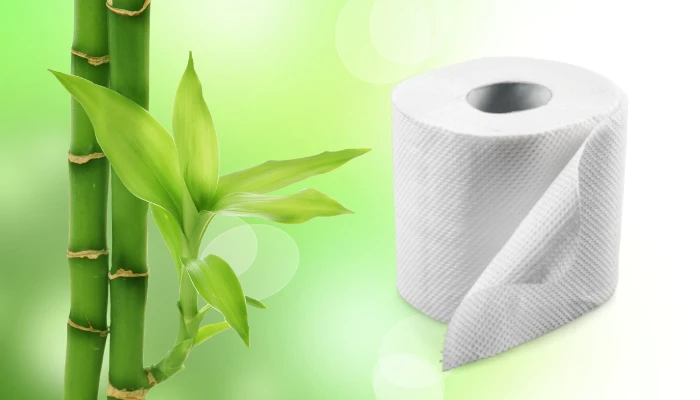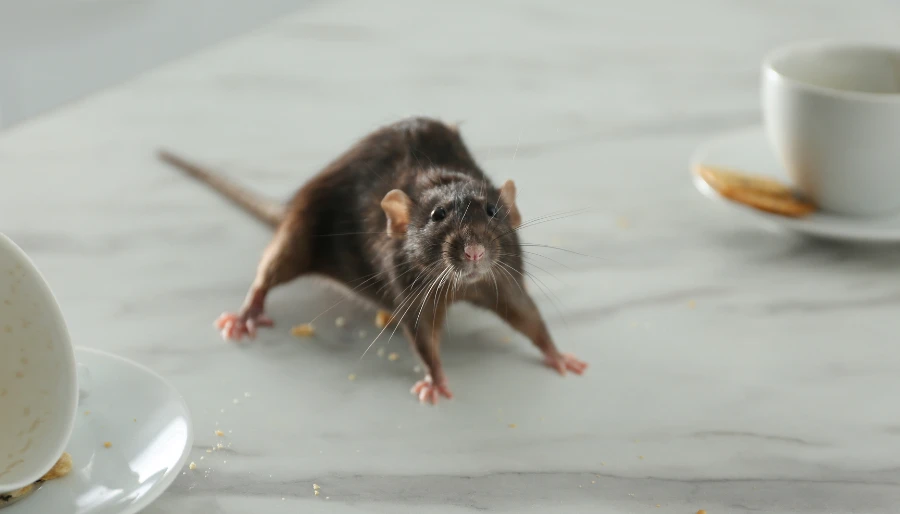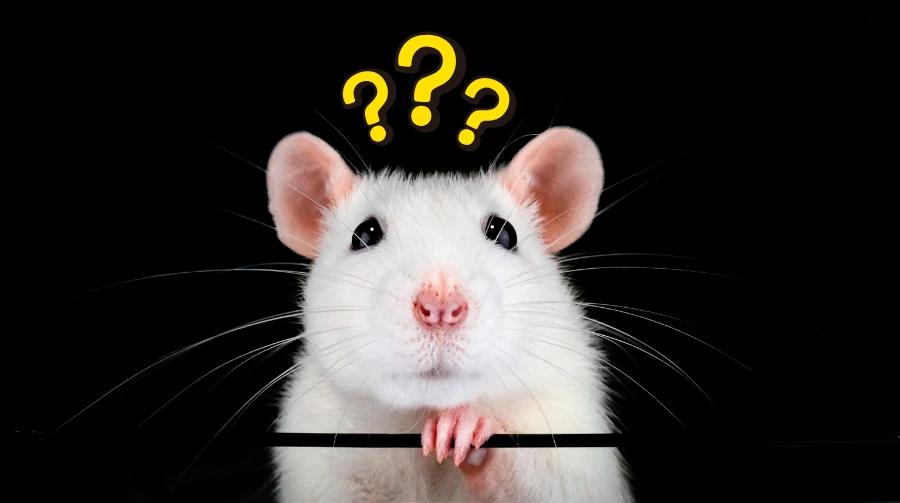You May Be Walking On $1,070 Worth of Culinary Gold
Step into a spring meadow or wander along a garden path, and you could be trampling over one of the most expensive vegetables in the world. Hop shoots.
The very same plant that flavors your favorite craft beer is valued up to $1,070 per kilogram. That’s more than saffron, truffles, or caviar in many markets.
And most people don’t even know they exist.
What Exactly Are Hop Shoots?
Hop plants (Humulus lupulus) are best known for brewing beer, but in early spring their young sprouts push through the soil. These are the shoots—fragile, pale, and tender. Only the top few centimeters are edible, and harvesting them is so delicate that the work has been compared to hand-picking saffron.
In Belgium, they call them the “Truffles of the North.” They have a flavor that’s nutty, slightly bitter, with an earthy sweetness that chefs love to highlight with nothing more than butter, garlic, and salt.
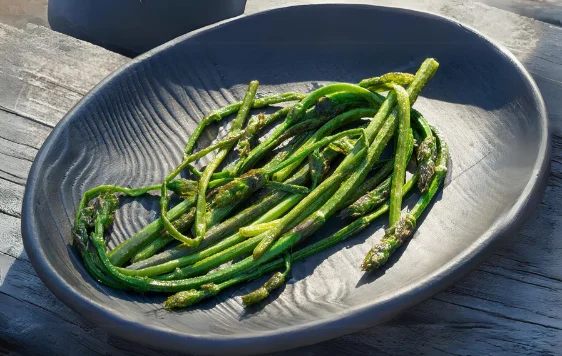
Why Are They So Expensive?
The answer is simple, as is often the case in economics, it’s an issue of scarcity and labor. Same reason saffron or vanilla is so expensive.
Tiny harvest window is super short. Shoots are only edible for a couple of weeks each spring before the plant gets woody.
They’re labor-intensive to pick. Pickers must bend low, snip only the right length, and repeat the process thousands of times just to fill a basket.
They’re incredibly fragile. They wilt quickly, making storage and transport tricky.
In 2015, they were already selling for $500 per pound. Prices have only climbed since, with Dutch and Belgian markets regularly seeing top-quality white hop shoots (grown in soil mounds to prevent greening) hit €1,000 per kilo (that’s $1,173 USD for 2.2 pounds as of September 30, 2025).
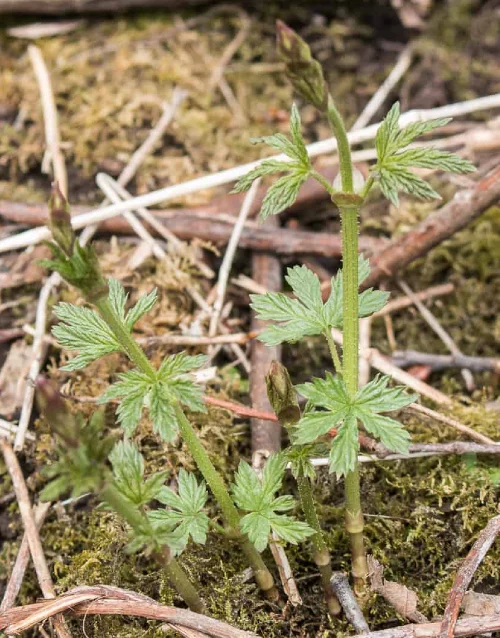
The Forager’s Dream and Challenge
Thing is, you’re could be walking right over them. Hop shoots often grow wild along fence lines, ditches, and old farmsteads. Hops are hardy perennials that spread, meaning abandoned patches can sprout year after year without anyone noticing, and most people, don’t know what they’re looking at, which gives educated foragers an advantage.
Finding Them Is A Skill
- Timing matters: Early spring, when nights are still cold.
- Look low: Shoots crawl from the base before they begin to climb.
- White vs. green: White shoots, covered in soil to block sunlight, fetch the highest prices. Green shoots are still edible but less valuable.
Many hikers crush them underfoot without realizing they’ve just stepped on “culinary gold.”
If you’re lucky enough to score some, don’t overthink it. The classic preparation is quick: sauté in butter with a pinch of salt. Some chefs add them to omelets, risottos, or serve them alongside poached fish.
Their delicacy means they don’t need any fancy treatment or expensive extras like truffle oil, keep it simple so the flavor shines brightest.
Restaurants in Europe treat them like a seasonal event, much the way diners anticipate the arrival of white asparagus or morels. Foragers and gardeners can find themselves with an enviable side hustle if they know how to identify and harvest properly.
Why Hop Shoots Matter Beyond Their Obscene Price
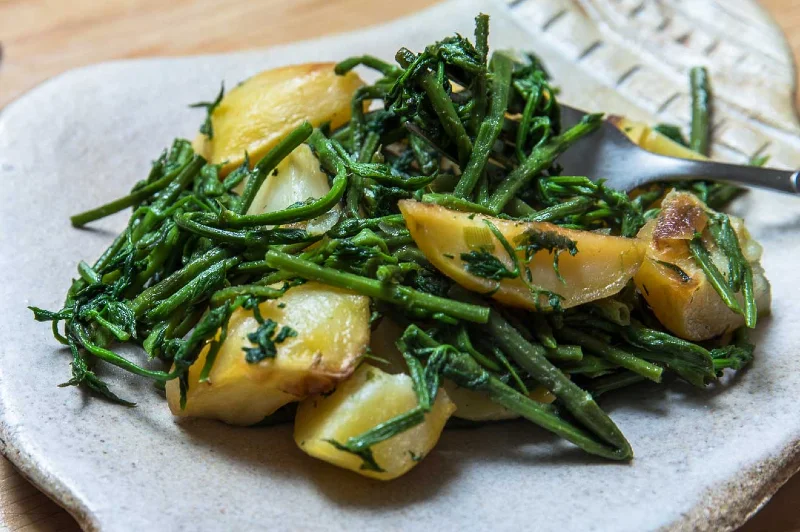
Yes, the jaw-dropping price makes headlines. But hop shoots are a nice reminder to all of us amateur, or expert, foragers.
More To Discover
- Saving the Northern Spotted Owl May Require Killing Barred Owls
- Earth’s Northern Crown At Risk: Our Largest Continuous Expanse of Wilderness Is Shrinking
- U.S. Fish and Wildlife Service Declares 21 Species Officially Extinct
- FTC Report: Grocery Stores Boosting Profits, Driving Up Food Prices While Falsely Blaming Inflation, Supply
- Nature hides extraordinary foods under our feet if we pay attention.
- Using more parts of a plant, beyond what the conventional industry grows it for, reduces waste. This is sustainable eating 101 right here.
- What’s rare and valuable in one place could be growing wild in another. Check your local wilds by asking a local foraging expert, or join an online group and find out what’s growing in your area.
| Aspect | Hop Shoots |
|---|---|
| Nickname | “Truffles of the North” |
| Price | Up to $1,070/kg (€1,000/kg) |
| Season | Very early spring, 2–3 weeks only |
| Flavor | Nutty, earthy, slightly bitter |
| Classic Prep | Sautéed in butter with salt |
| Harvest Challenge | Only top 3cm edible, picked by hand |
| Regions Known | Belgium, Netherlands, Alsace, Bavaria |
| Wild Potential | Often overlooked in gardens & trails |
So the next time you step off a trail into the underbrush, pause. That scraggly vine you almost crushed? It might be worth more than your week’s groceries.
Hop shoots aren’t just a novelty—they’re proof that the world’s most valuable foods often hide in plain sight, waiting for someone curious enough to bend down and look closer.







